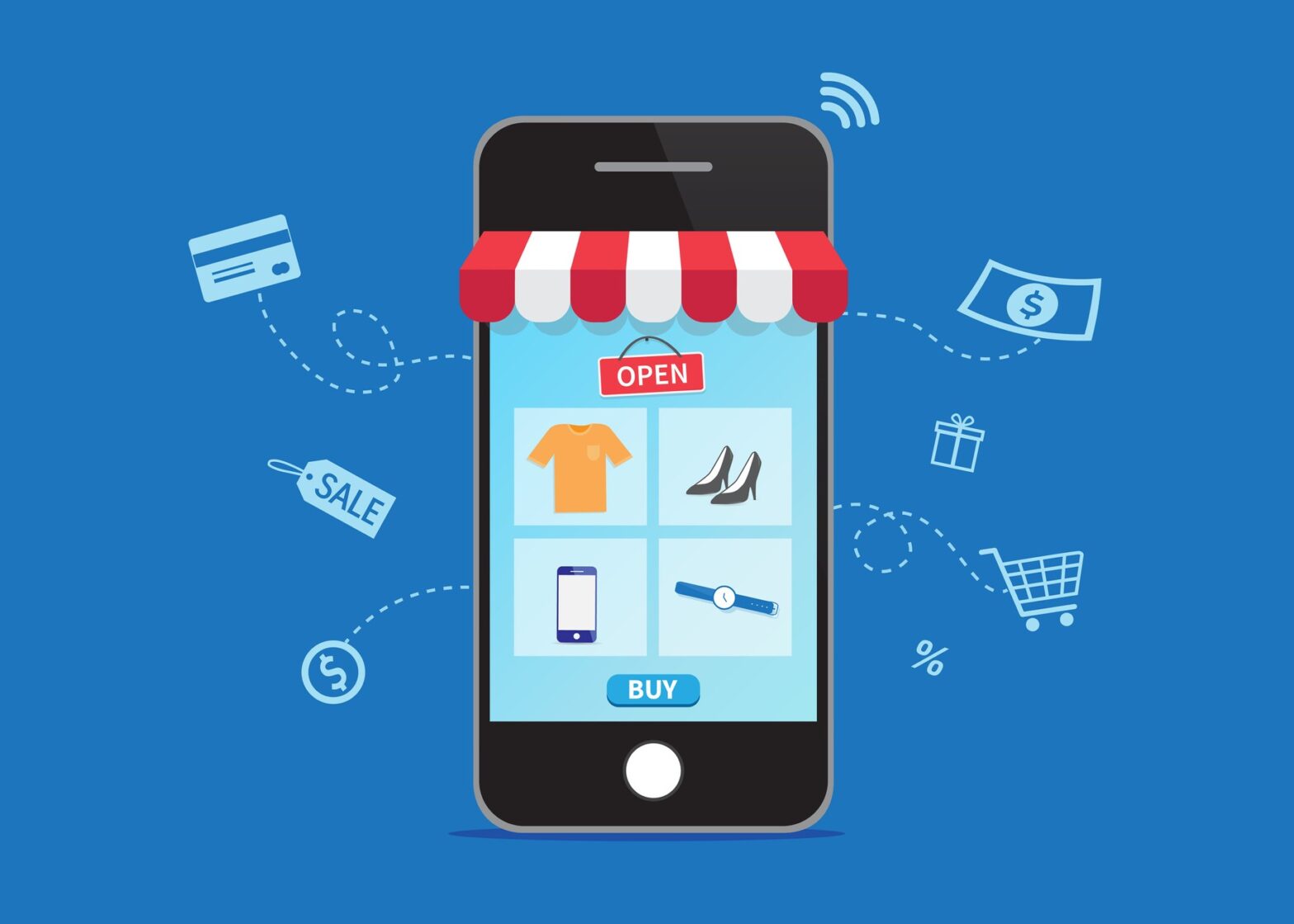“Customer is king” has never rung truer than it does in today’s retail environment. The rapid growth of online retail means people have more choice than ever before. Businesses that don’t offer what the customer wants, when they want it – in short, premium customer experience – are at risk of falling by the wayside.
What I call a “MeCommerce” strategy puts the person you’re trying to sell to at the forefront of your strategy. Customers feel valued through communication and engagement with the business and its values. The products they buy are tailored to their specification. Everything is centred on the customer.
Applying the ideas of MeCommerce has allowed my business, Engravers Guild, to reach new audiences and give my customers a truly personalised experience. While personalising products is central to my business, that’s just one small part of MeCommerce. Any business can succeed by making the customer feel like the world revolves around them.
I’ve put this guide together to help other businesses who are thinking of adjusting their strategies.
Personalising how you sell online
Customisability
Giving the customer options is central to a successful MeCommerce strategy. In the tech industry, companies like HP let you select the processor, RAM and storage capacity for your laptop or PC, giving you the freedom to tailor the machine to your needs.
For ecommerce sites, this might mean offering size or colour variants. For B2B companies, tiers of service are a sensible way to suit differing needs.
‘Any business can succeed by making the customer feel like the world revolves around them’
Care
It is no longer enough to simply provide a good product – you need to make the customer feel special. Excellent service throughout the customer experience journey is needed, letting them engage with your brand’s values and opening communication between business and consumer.
Cosmetics retailer, Lush, has perfected this feeling of care. Its brand values are at the forefront of all of its marketing, and each product is labelled with the name and face of the person who prepared it. It’s a nice way of adding a personal touch to what can be a somewhat faceless process.
>See also: The pros and cons of selling through your own website
Convenience
In an online world, customer convenience is key. The modern shopper doesn’t have to visit a store when they can order through their phone at any time of day. They also shouldn’t have to browse; you should be recommending products for your customers based on their shopping habits.
Technology has become democratised to the extent that small businesses can incorporate many things that were formerly unique to major retailers.
Most website building platforms can allow users to log in, view past purchases and see products recommended for them based on their buying habits.
4 steps to personalise customer experience
#1- Build your platform for mobile devices
This feels like an obvious point, but it’s more important now than ever before. Offering convenience means allowing people to order through their mobile. 54 per cent of e-commerce sales were made through mobile devices in 2021, and that number is only going to increase.
It’s not just a case of making your website responsive. For a truly mobile-first and customer-centric experience it should be possible for customers to buy items, track the progress of their order (and shipment), leave feedback and engage with customer service through mobile too.
#2 – Utilise the power of your website
Used correctly, a website is one of the most powerful assets your business has – but many businesses fail to take full advantage of the capabilities of online selling.
Your website can collect customer data (based on purchase and browsing habits) to provide tailored recommendations and highlight popular products based on demographics.
The customer should feel that your business truly reflects their values and can allow them to become an ideal version of themselves. Reviews, testimonials, and helpful information should all be placed around the site to help the customer feel supported, understood and valued.
>See also: Taking payments online for ecommerce businesses
#3 – Be consistent
The website is usually the hub of your business online, but it’s not everything. Social media plays an increasingly important role in modern commerce – and there’s no better way to engage with customers in a direct way.
It can be hard to achieve an authentic, value-based connection with your audience by treating social media as a junior discipline. Social media posts need to be regular, eye-catching and should be consistent with the tone of voice used across other marketing channels.
In short, the messaging on your social platforms should reflect your target demographic, their values and the factors that make them want to buy.
Social media also offers a way to literally speak to customers by responding to comments and questions. Consider it your direct line to customers and treat it as an opportunity to impress them.
#4 – Automate what you can
Marketing automation is a complex discipline, but these are two basic systems pretty much anyone can set up quite easily:
- Product recommendations
Using past data to predict what customers might need means you can offer up-sells, cross-sells and more – and plugins make it easy to set up.
Offering customisability where possible means some retailers may need to re-evaluate their inventory. Tailor-made clothes, personalised engravings and custom-built PCs means many MeCommerce businesses are carrying less inventory and instead focusing on making items “to order”.
- Automated emails / SMS
Send your customers deals on their birthday. It’s a simple idea but it makes them feel loved. Other automated emails are: order updates (confirmation, dispatch notification, tracking info, feedback request); reminders (“You might be running low – is it time to re-order?”) and more recommendations (Since you bought x, we think you’ll like y)
Businesses need to adapt to survive in today’s e-commerce retail environment. John Lewis may have built its brand on in-store personalised shopping experiences, but its recent pivot to close physical stores and focus on online sales highlights that times are changing.
Harnessing the power of the internet is key. Those willing to create responsive, engaging websites and embrace social media can deliver better value for their customers, through accurate data and open communication. Consumers drive retail, and businesses that place them at the centre of their strategy will see greater success.
Elliot Bishton is the founder of Engravers Guild of London, an online start-up designed to be the pre-eminent destination for all personalised goods, delivered direct to the consumer.
Further reading
Q&A: Adrian Swinscoe talks about improving customer experience





